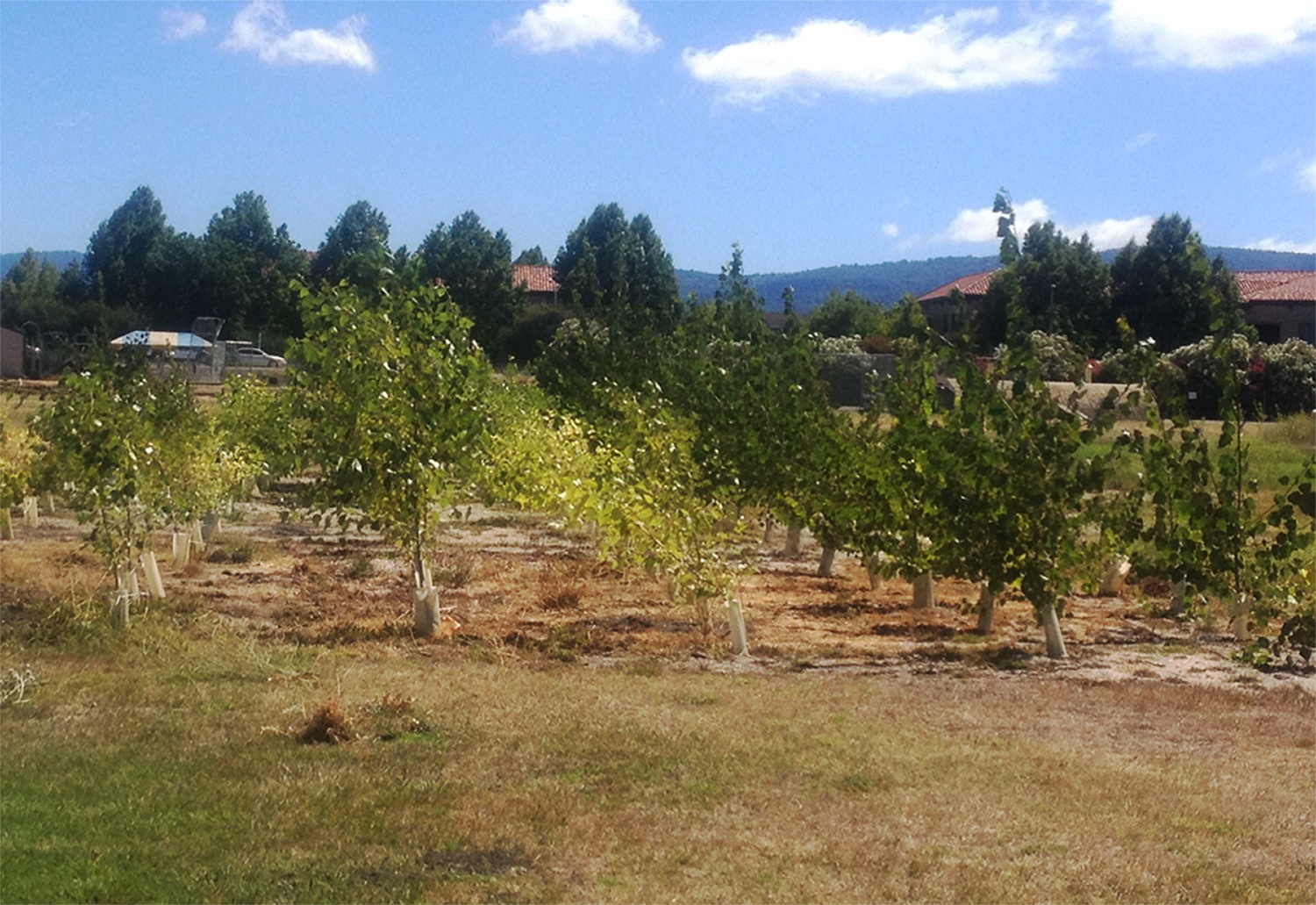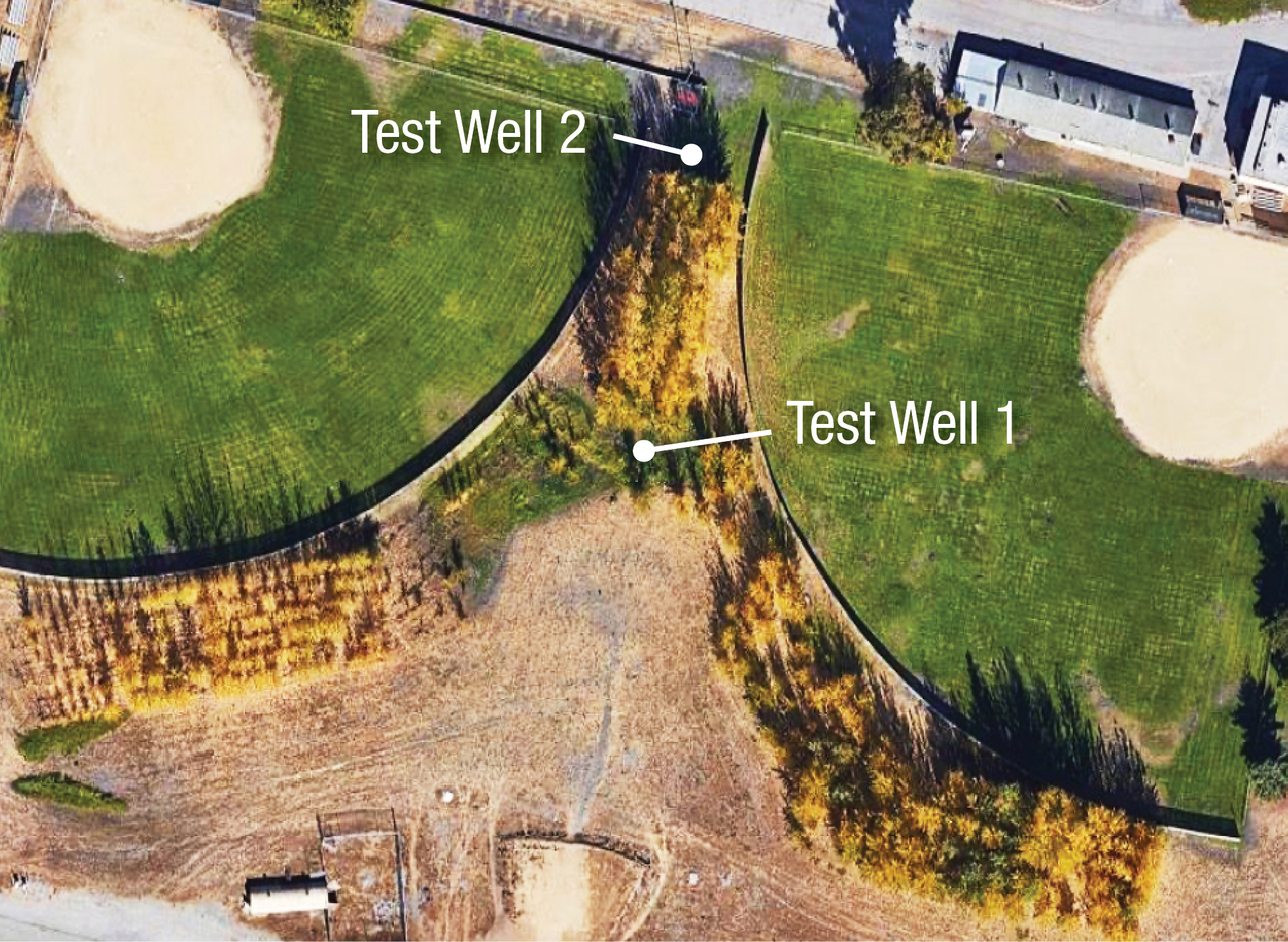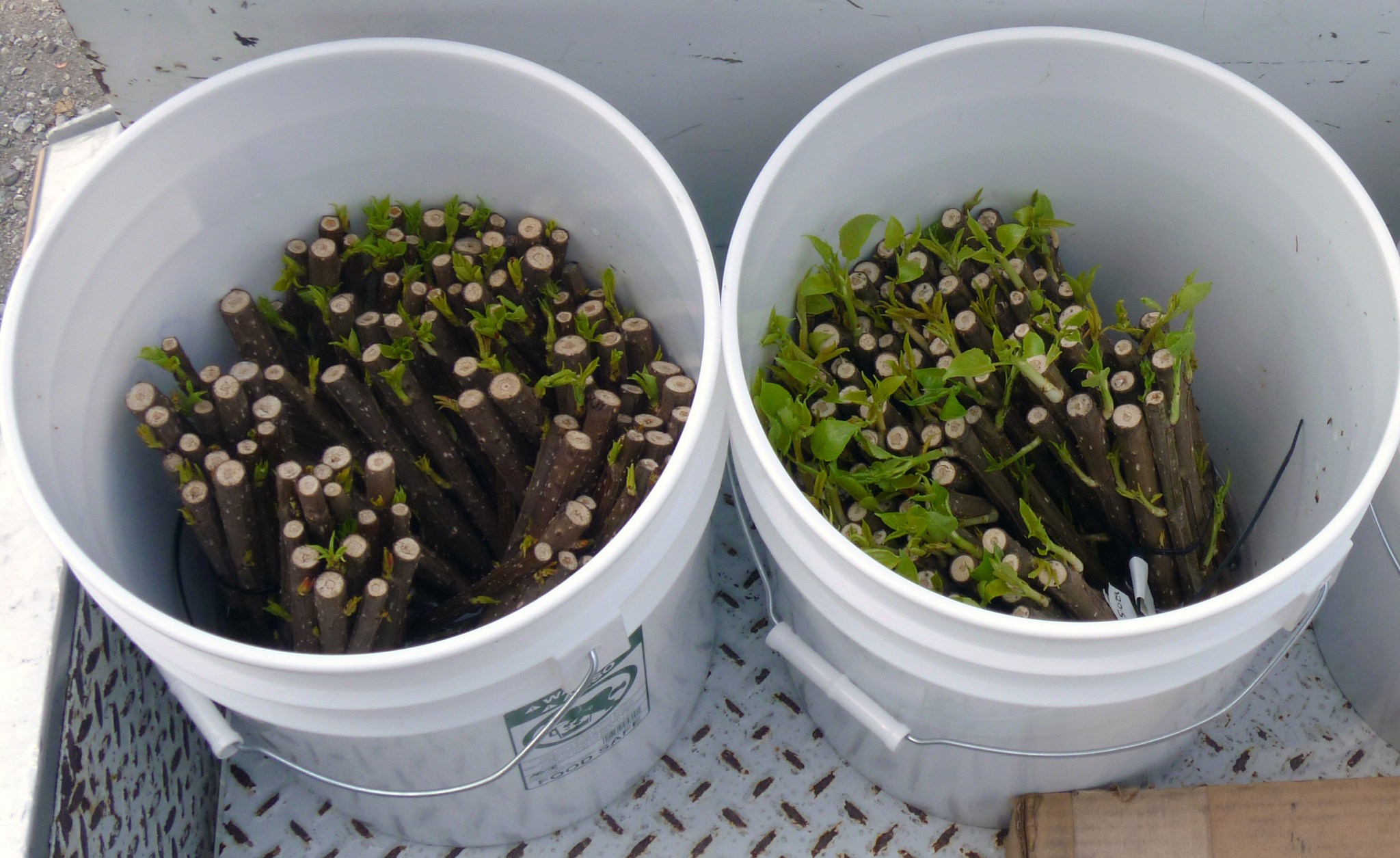NASA explores outer space, but it’s also owner and steward of hundreds of square miles of planet Earth. The scientists and engineers at the space agency’s field centers have tried various methods to preserve the land they work on, and several of these have found use around the rest of the planet.
The latest, first field-tested at NASA’s Ames Research Center in California’s Silicon Valley, now is in practice at about 30 environmental remediation sites around the country.

Around 2012, Dr. John Freeman of engineering and biosciences company Intrinsyx Technologies was leading International Space Station seedling growth experiments and other work for Ames’ Space Biosciences Division. With a background that included phytoremediation – using plants to clean up pollution – Freeman also followed the work of a University of Washington professor who had isolated strains of symbiotic bacteria, known as endophytes, that helped trees break down specific common contaminants.
The work showed promise in the laboratory, but hadn’t been tested in the field.
Ames, meanwhile, had been pumping up and treating contaminated groundwater flowing under the center from the site of a former computer chip manufacturer next door. Freeman approached the center’s Environmental Management Division with an alternate solution – hundreds of poplar trees inoculated with a strain of bacteria known as PDN3, which feeds on trichloroethylene (TCE). This is the main groundwater contaminant at Ames and also is common at environmental cleanup sites around the world.
Ames personnel, contractors, and interns helped select the best location, plant and water the trees, and maintain the plot. As the roots reached the water table in 2016, Ames installed test wells at each end of the grove and tested groundwater before it flowed into the grove and after it flowed out.

The results were decisive. Samples from the well where contaminants entered the grove contained TCE at concentrations around 300 parts per billion (ppb), but concentrations in the outflowing water were below the drinking water standard of 5 ppb. And while the inoculated trees were healthy and green and contained barely detectable levels of TCE, many of the uninoculated trees planted among them as a control group were stunted and yellow, and they had concentrations of TCE almost as high as the contaminated groundwater.
With these results in hand, Intrinsyx started a new division, Intrinsyx Environmental, located in Mountain View, California, which took over the project and went into business. The center became its first customer, purchasing another 500 inoculated trees in 2017.
Intrinsyx Environmental now has stands of poplars, willows, and other trees inoculated with endophyte bacteria that consume TCE as well as petroleum products at dozens of sites around the country. The Arbor Day Foundation is working with Intrinsyx to get more endophyte-enhanced trees in the ground for phytoremediation.
“It’s one thing to know it works in a greenhouse or petri dish, but how’s it going to perform inside a tree in the field? Is it really going to clean it up?” asked Freeman. “And now, thanks in part to our collaboration with NASA, we know the answer is yes.”
NASA has a long history of transferring technology to the private sector. The agency’s Spinoff publication profiles NASA technologies that have transformed into commercial products and services, demonstrating the broader benefits of America’s investment in its space program. Spinoff is a publication of the Technology Transfer program in NASA’s Space Technology Mission Directorate (STMD).
For more information on how NASA brings space technology down to Earth, visit:
By Mike DiCicco
NASA’s Spinoff Publication
Banner Caption: In September of 2021, John Freeman, chief science officer of Intrinsyx Environmental, stands in front of the original grove of poplars planted at Ames. Nine seasons after planting, the trees are more than 50 feet tall.
Credits: Intrinsyx Environmental




























